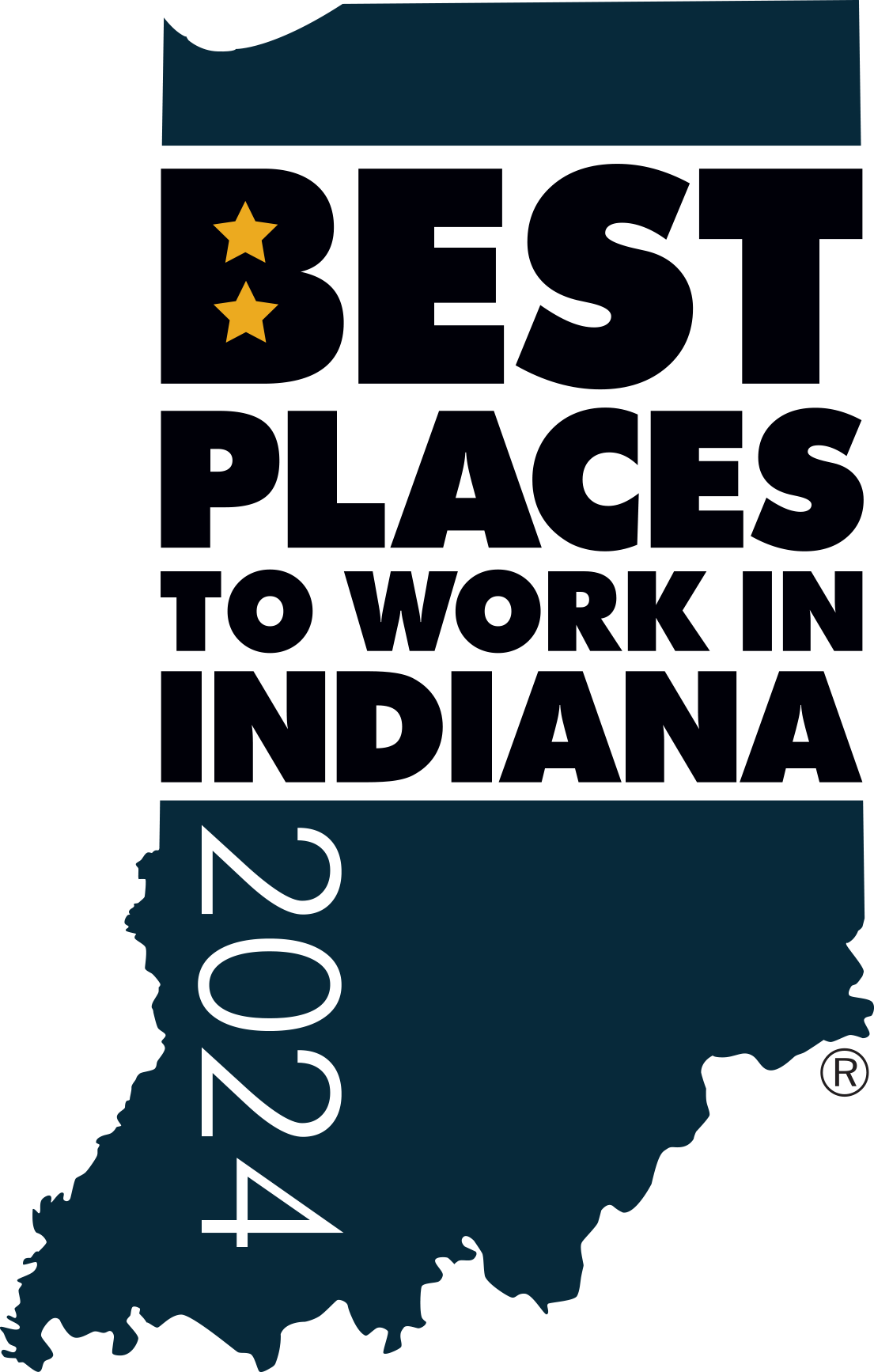Work/Life Balance is Dead
RIP work/life balance. You had a great run. You were a great phrase, a catchy phrase, and a convicting phrase. You caused people to check themselves and you put employers and corporations on their heels. Many still call on you, but you’re not where the action is anymore.
Work/life balance is dead. Work/life alignment lives.
Alignment is different than balance. Alignment is defined as “the proper position of objects relative to each other.” Balance is defined as “a state of equilibrium; equal distribution of weight, amount, etc.”
Work/life alignment implies that one’s work is in proper position of objects relative to each other (i.e., work and life). Work/life balance implies an equilibrium in, or equal distribution of, work and life.
So how do align work and life?
- Divide your life into three categories – personal, professional and financial.
- List the 2-3 most important items in each category
- Evaluate and conclude how well your work aligns with the items in each of the categories
Why is this important? Symptoms of unhappiness and job dissatisfaction are often incorrectly diagnosed as poor work/life balance. The correct diagnosis may actually be poor work/life alignment. People whose work and life are aligned rarely complain of unhappiness or job dissatisfaction. People whose work and life align don’t seek escape from the demands of their work. It doesn’t mean they never get tired, or that they don’t look forward to vacations. But for them, the work is in its proper position relative to life; it doesn’t require a counterbalance.
There’s an old saying that if you do what you love, you’ll never work a day in your life. I would suggest this: If your work and your life are aligned, you’ll never work a day in your life. Successful people aren’t balanced; they’re aligned.

